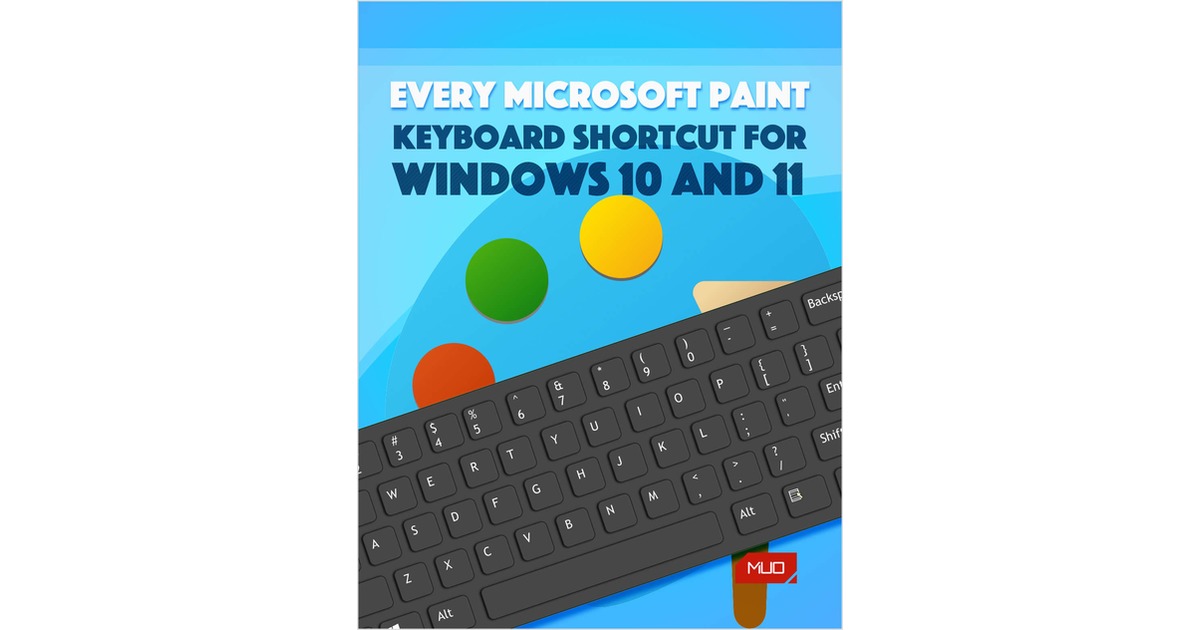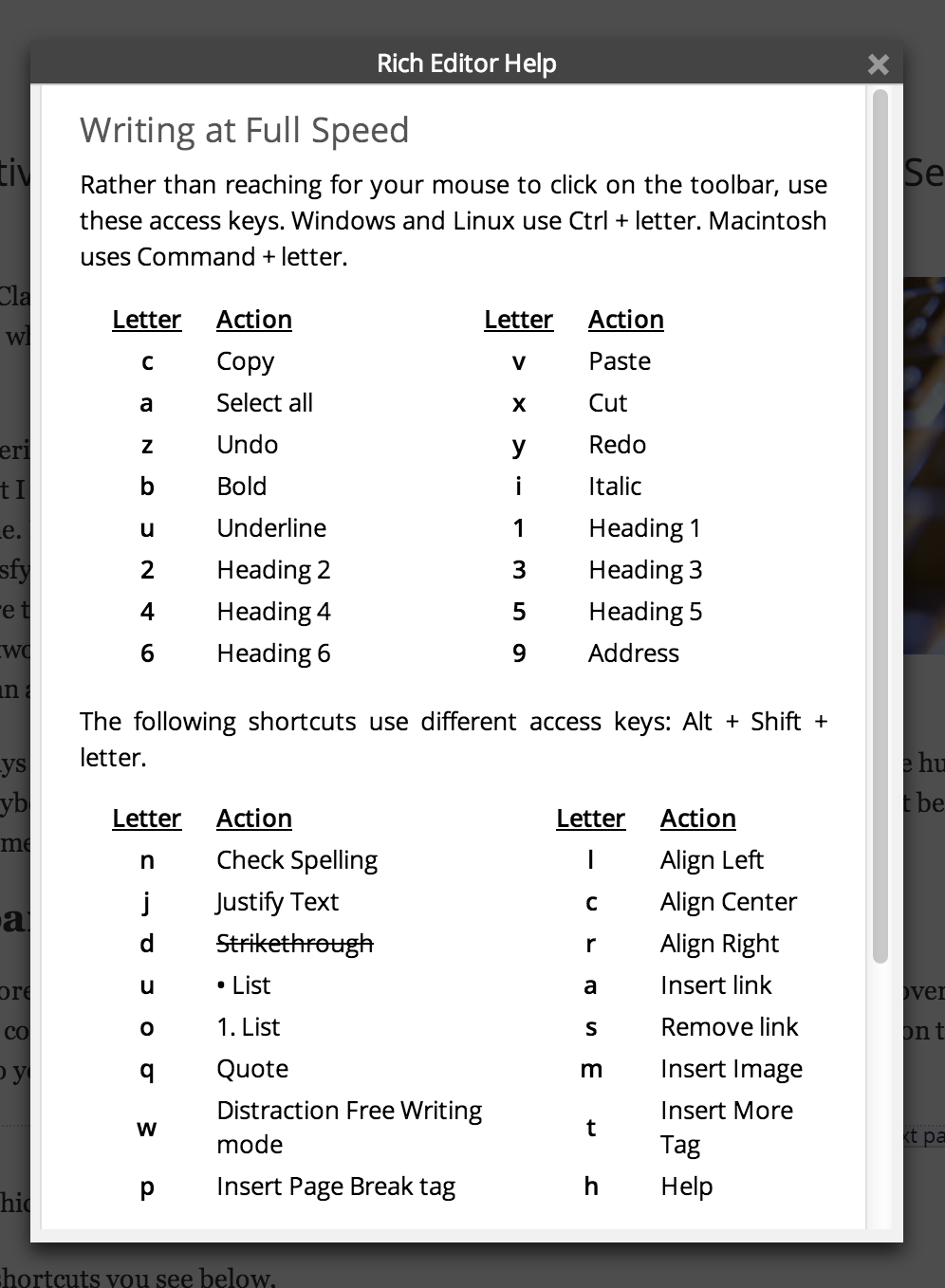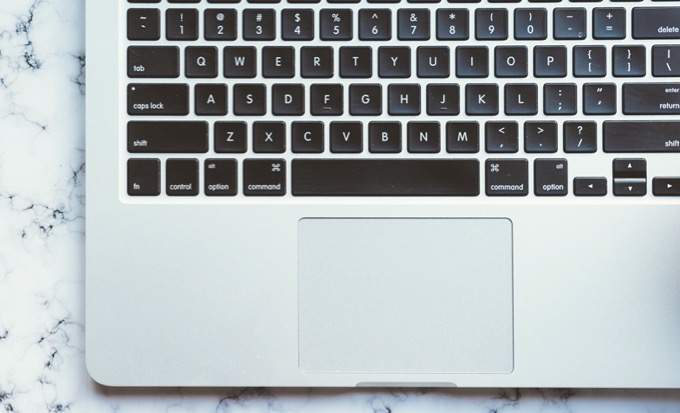

Switch between open applications on Taskbar in Windows 95 and later. In Windows 8, this opens the Start screen and in Windows 3.x, this opens the Task Manager. Open the Windows Start menu in most versions of Windows. Immediately bring up the Windows Task Manager in Windows 2000 and later. Pressing Ctrl+ Alt+ Del multiple times reboots the computer. Open the Windows option screen for locking computer, switching user, Task Manager, etc. If the Print Screen key is pressed alone, the whole screen will be made into a screenshot.

For example, if you opened the calculator and pressed these shortcut keys, only the calculator window would be created as a screenshot. Alt+ Print ScreenĬreate a screenshot only for the active program window in all versions of Windows. For example, doing this on a file would display its properties. In Windows 95 or later, display the properties of the object you double-click. Reverse the direction by pressing Ctrl+ Shift+ Tab at the same time. Switches between program groups, tabs, or document windows in applications that support this feature. Reverse the direction by pressing Alt+ Shift+ Tab at the same time. Switch between open applications in all versions of Windows. General Windows keyboard shortcuts Alt+ Tab
Computer shortcuts how to#

Like it says on the tin, this shortcut moves your cursor one word to the left or right. Adding Ctrl in Windows will take you to the start or end of a document using a Mac, just switch out the left and right arrows for up and down. In word processing, it will take you to the beginning or end of the current line. This is particularly useful on the web: it takes you to the top or bottom of the open page. This opens the dialog box to perform a "Find and replace" operation in an open document. Hit Enter again to cycle through all instances of that word. Type the term in the box that opens and hit the Enter key. In file explorer, it helps you find programs. Using the web, a reader or a word processing program, this helps you find a word. Tap the appropriate key for your OS when the file you want to rename is highlighted. If you are in your file explorer, it will create a new folder. If you are using editing software, such as word processing or Photoshop, it will create a new document. If you are using a browser, it will open a new window. This one is context sensitive depending on what you're doing. Holding the Windows or Command key and tapping the Tab key lets you cycle through all of your open programs. To undo in Windows, just add the Shift key (⊞Win+Shift+M). Want to go to a clean desktop? This one puts all your programs neatly away in your taskbar. This is just the most basic: minimising and maximising the current window. There are a few shortcuts for minimising and maximising your windows. Windows: Alt+Space+N (minimise)/Alt+Space+X (maximise) PageUp will take you to the tabs on the left, PageDown to the tabs on the right. You can use the Tab key instead of PageUp and PageDown for this one, but the latter two keys let you cycle in both directions. Mac: ⌘Cmd+Opt+←/→ (Firefox and Chrome) ⌘Cmd+Shift+←/→ (Safari) If you've closed more than one, continue tapping the T key to open them in the reverse order in which you closed them. Reopen closed tabĮver slip and close a tab that you needed open? Most browsers now have a feature where you can find your most recently closed tab and reopen it, but this shortcut will do it for you. Within a browser, it will close the current tab. This means that if you have various word processing documents open, it will only close the current one. This shortcut closes your currently open window, not the entire program. We use keyboard shortcuts every day to save time and bother - here some of our most-used shortcuts. There are times when it's just easier to tap a few keys on a keyboard rather than fiddling about with a mouse.

(Keyboard image by Jeroen Bennink, CC BY 2.0) Here are the ones we've found most useful in our day-to-day lives. There are keyboard shortcuts for pretty much everything you regularly do on a computer.


 0 kommentar(er)
0 kommentar(er)
